A C++ header-only library for matplotlib based on pybind
matplotlibcpp17 is an yet another C++ library for matplotlib featuring more functionalities than matplotlibcpp.
It is supposed to provide the user with almost full access to matplotlib features in C++, by implementing as many wrapper classes of matplotlib module as possible (like axes::Axes, figure::Figure). And its primary advantage over conventional matplotlibcpp is that the user can pass a variety of arguments as in the form of args and kwargs thanks to pybind11, without the need for coversion to map<string, string>, thus leading to more flexibility.
Dependencies
- pybind11 >= 2.4.3
sudo apt install pybind11-dev(on Ubuntu20.04)- or manual install
- matplotlib >= 3.4.0
- numpy for
mplot3d - (xtensor == 0.24.0 + xtl, only for
gallerydemos)
Usage
Installation
For using matplotlibcpp17 from CMakeLists.txt, see hello_world example.
Use by add_subdirectory
Include matplotlibcpp17 directly
descibed in minimal example.
Syntax
The user will need to capsulate arguments in Args(arg1, arg2, ...) == pybind11:tuple and keyword arguments in Kwargs("k1"_a = v1, "k2"_a = v2, ...) == pybind11::dict. The returned value is a wrapper class for pybind. Please refer to the reference and examples below.
- exception:
subplots,TBDs - conversion: Wrapper class of matplotlibcpp17 like ::container::BarContainer needs to be passed to python interpreter using
unwrap()method in args and kwargs.
Examples
minimal example
gives

subplots
From gallery/subplots_axes_and_figures/align_labels_demo.cpp.
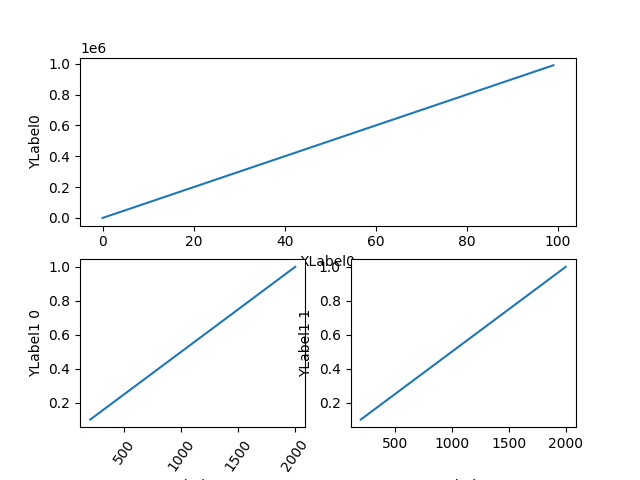
bar plot
From gallery/lines_bars_and_markers/bar_label_demo.cpp. Here subplots() returns tuple<Figure, Axes>.
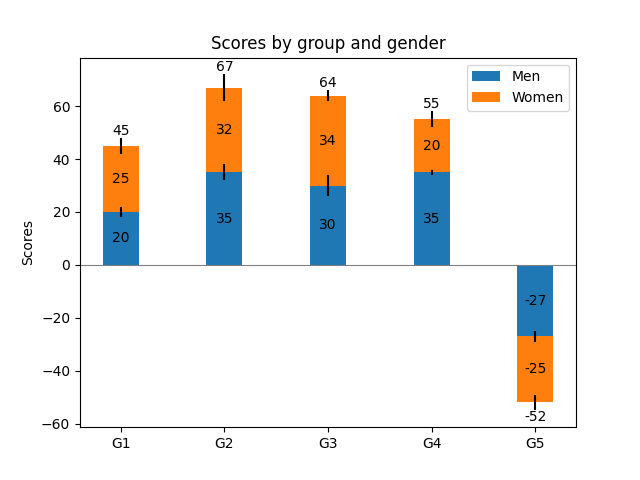
image
2D-style pybind11 array can be plotted as an image using imshow() function.
From images_contours_and_fields/image_demo
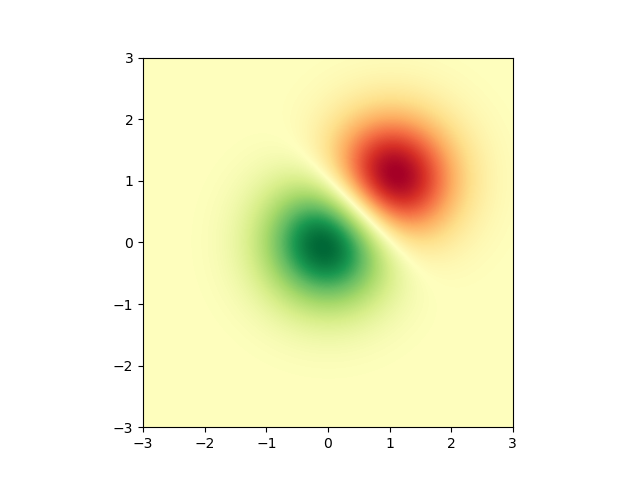
fill
Fucntions like subplots, TBDs are overloaded because they return different types depending on the arguments. Here subplots() returns tuple<Figure, vector<Axes>>.
From gallery/lines_bars_and_markers

quiver
Use .unwrap() method to pass wrapper class of matplotlibcpp17 to plotting functions.
From gallery/images_contours_and_fields/quiver_demo.cpp
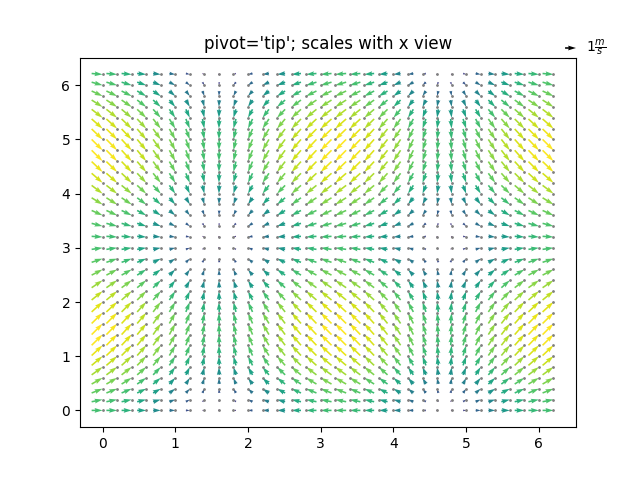
3D
To plot 3D graph with projection = "3d", following code is required.
gif
Currently only ArtistAnimation is supported. FuncAnimation interface maybe implemented in the future.
From gallery/artist_animation/random_walk.cpp
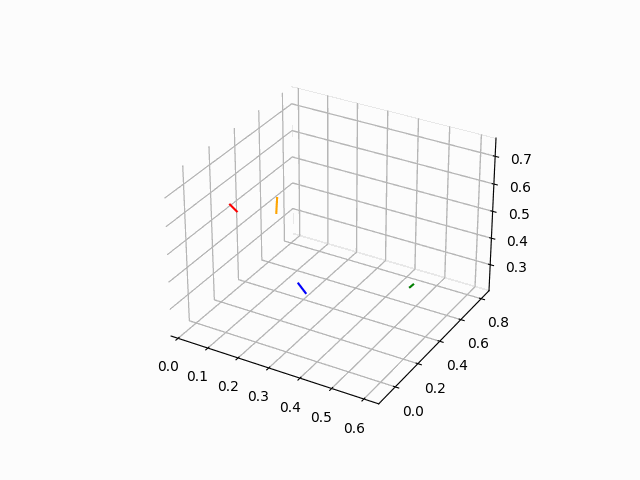
Demos
gallery folder contains corresponding examples from the official website of matplotlib with the same structure.
build
If you want to build the demos, use -DADD_DEMO=1 (by default it is 0).
If you do not need to see the demo with plt.show(), use -DUSE_GUI=1 (by default it is 0). Otherwise the executables will plt.savefig() to gallery/images directory.
make <gallery directory name> runs all the executables under that directory.
Contributing
Contributions to this project are welcome if you could add or want/need more modules :)